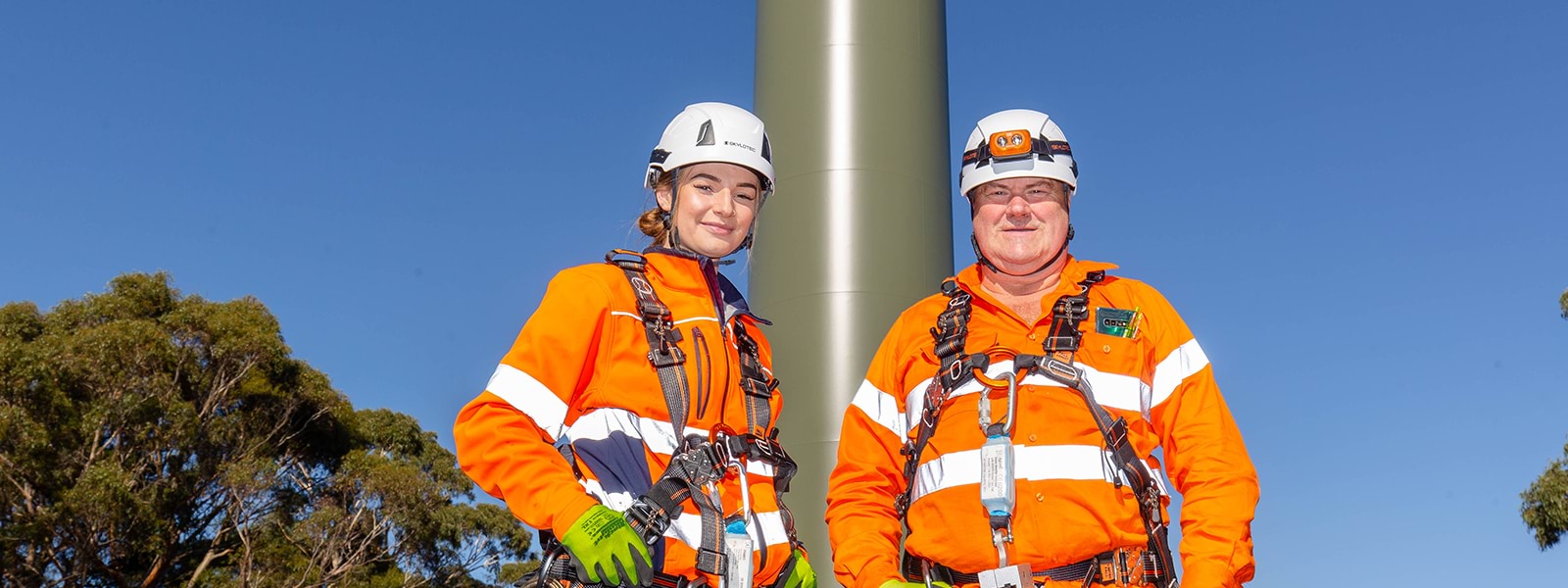Occupations in demand unique to Regional Victoria
- Transmission line workers
- Farm forestry managers
- Livestock farmers
- Shearers
- Drillers, miners and shot firers
Victoria’s regions are well positioned to reap the benefits of the return of tourists, infrastructure investments, significant demand for locally made products and soon the stimulus that will be generated by the 2026 Commonwealth Games.
From advanced manufacturing of products like hydrogen, through to clean energy infrastructure or new agricultural practices, regional Victoria is at the forefront of innovation and opportunity.
Demand for workers is high in all industries, with the largest growth anticipated in health and community services and accommodation and food with 16,900 and 10,300 new workers needed respectively.
Across the Great South Coast and Barwon, home to the iconic Great Ocean Road, around 5,450 workers are needed to service the visitor economy. In Loddon Campaspe, Central Highlands and Wimmera Southern Mallee, manufacturing investment will fuel the need for an estimated 1,300 new workers. Strategic logistic hubs in Ovens Murray and Goulburn will see 900 new workers needed in transport.
Regional Victoria also has distinctive occupational needs. Farm forestry managers are needed in Gippsland, transmission line workers are needed in the Mallee, livestock farmers are needed in the Great South Coast and drillers, miners and shot firers are needed in the Wimmera Southern Mallee.
Seasonal workforces will also remain important to regional areas. Growing and harvesting, and tourism cycles will continue to influence workforce needs across regional areas in roles such as fruit picking, tree planting and ski lift operations.
Across all regions, a more highly skilled workforce is needed. Technological advances and data-led decision-making mean workers need greater analytics, engineering and innovation skills, while increasing customer service expectations mean employees need greater resilience, innovation and problem-solving skills.
Supporting a higher proportion of regional Victoria’s population through further education and training is crucial. This needs increased engagement in education and employment, promotion and support for local pathways, addressing barriers to education and training, including the availability of trainers, servicing education and training locally and the strengthening of connections between individuals, education providers and industry to meet demand.
Updated
